Let's take a look at some daily unhealthy practices
In our daily life, light health is not enough for food, and safety is also important. However, we are still somewhat scientifically unhealthy. Did you do this?
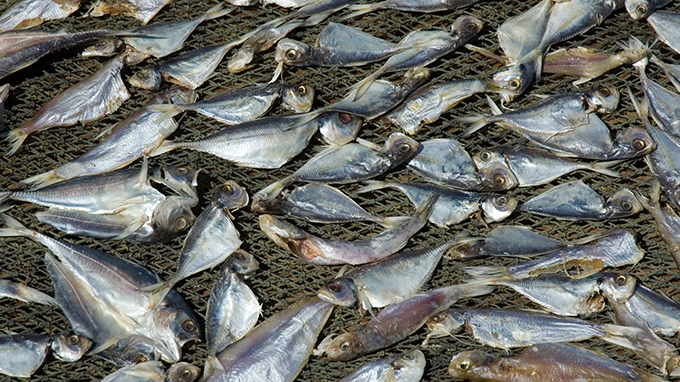
Unhealthy practice one: as long as the food has rancidity, as long as it is steamed, you can continue to eat it
Among spoiled foods, there are many high temperature resistant bacteria, Therefore, some leftovers and leftovers may still cause food poisoning after being heated. In other cases, although the bacterium is killed, the toxins produced when it multiplies in food or the toxins of the dead bacteria cannot be completely destroyed. Therefore, spoiled food should be thrown away.
Practice is unhealthy 2: bacteria are afraid of salt, so salted fish and cold meat foods do not need to be sterilized
In fact, there is a kind of gastrointestinal pathogenic "Salmonella", a bacterium that can survive in high-salt meat for several months and is widely present in seafood. It also likes high-salt environment. It is also very easy to grow and reproduce in cold meat foods with high temperature and humidity In the environment, once the salty meat food is contaminated by it, it only takes 2-3 hours, and the number of bacteria can reach the level of poisoning food. Therefore, the preserved food needs to undergo strict high temperature sterilization before consumption.
Unhealthy practice 3: Frozen food is free of bacteria
Many bacteria will not die under refrigeration and freezing conditions, and some bacteria prefer to be in low temperature Living and breeding, such as halophilic bacteria that cause severe diarrhea and dehydration, can survive for 11 weeks at minus 20 degrees Celsius. Therefore, the food stored in the refrigerator should be eaten as soon as possible.
Unhealthy Practice Four: Boiling = Sterilization
This statement is only half right, and food poisoning can be roughly divided into two categories: bacterial and chemical . To eliminate bacterial pollution, you can use high-temperature cooking method for disinfection. However, chemical food poisoning is not avoidable by high temperature treatment, and sometimes boiling will increase its toxin. For example, the production of toxic nitrite in rotten cabbage, germination and solanine in immature potatoes, and aflatoxin in oil can not achieve the purpose of disinfection through high temperature. Therefore, we must learn to distinguish which foods are poisonous in order to avoid "strokes".
Related Articles
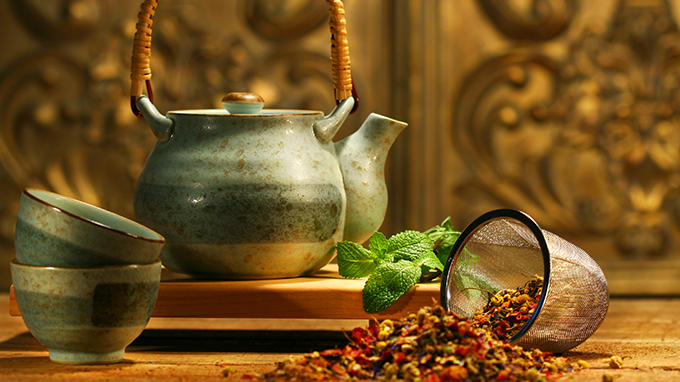
- Can I drink tea for pregnancy
- Pregnancy is the most important event in a woman’s life. How to get pregnant smoothly and how to conceive a healthy baby is a problem that every couple and every family are very concerned a
- 2020-08-03
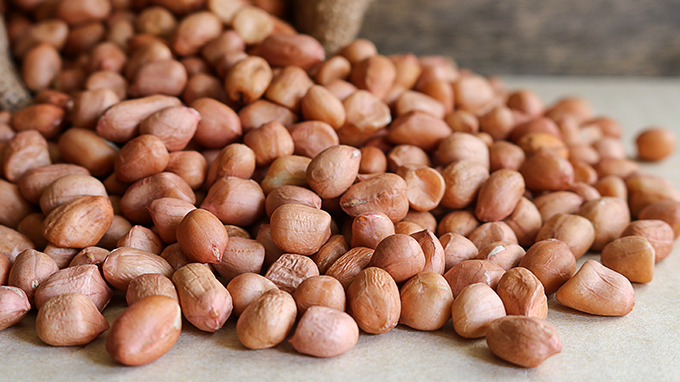
- What are the nutritional characteristics of nuts
- Nuts are one of the small foods that people like very much nowadays. They are rich in nutrients, high in protein, oil, minerals, and vitamins. They have excellent effects on human growth an
- 2020-08-03
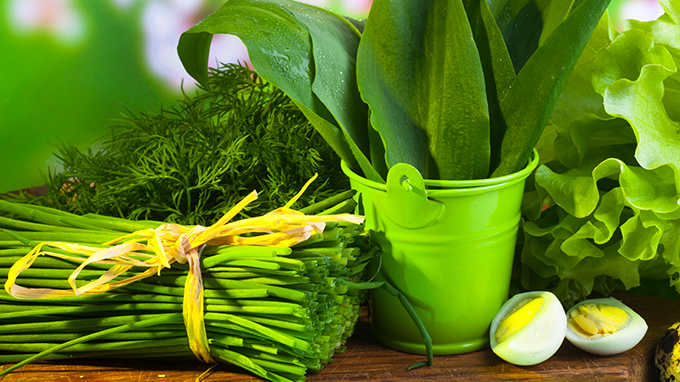
- Celery leaves
- It is a habit of many people to eat celery and not to eat leaves. I think the leaves are just scraps. In fact, it is just wrong here. Almost all vegetables with leaves have a common featur
- 2020-08-03

- Is a cookie a nutritious food
- Biscuit is the most common snack food, but if it is said that biscuit is not nutritious, it seems to have aggrieved it. Every food has nutrients, even instant noodles or biscuits.
- 2020-08-03
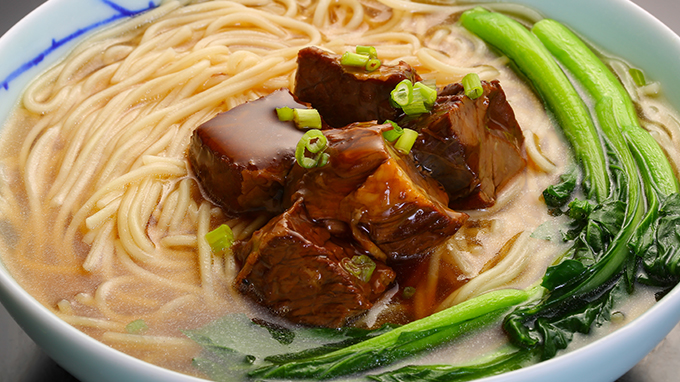
- How to make a quick nutritious breakfast
- People often say that eating like an emperor for breakfast, like an aristocrat for lunch, and like a beggar for dinner will be healthier. How can I prepare a nutritious breakfast in 15 min
- 2020-08-03

- Can gout drink alcohol?
- Patients with gout should drink more water than wine. Gout diet is stricter, and even exceeds the dietary contraindications of diabetes, hypertension and high blood fat. Strict dietary tabo
- 2020-08-03
